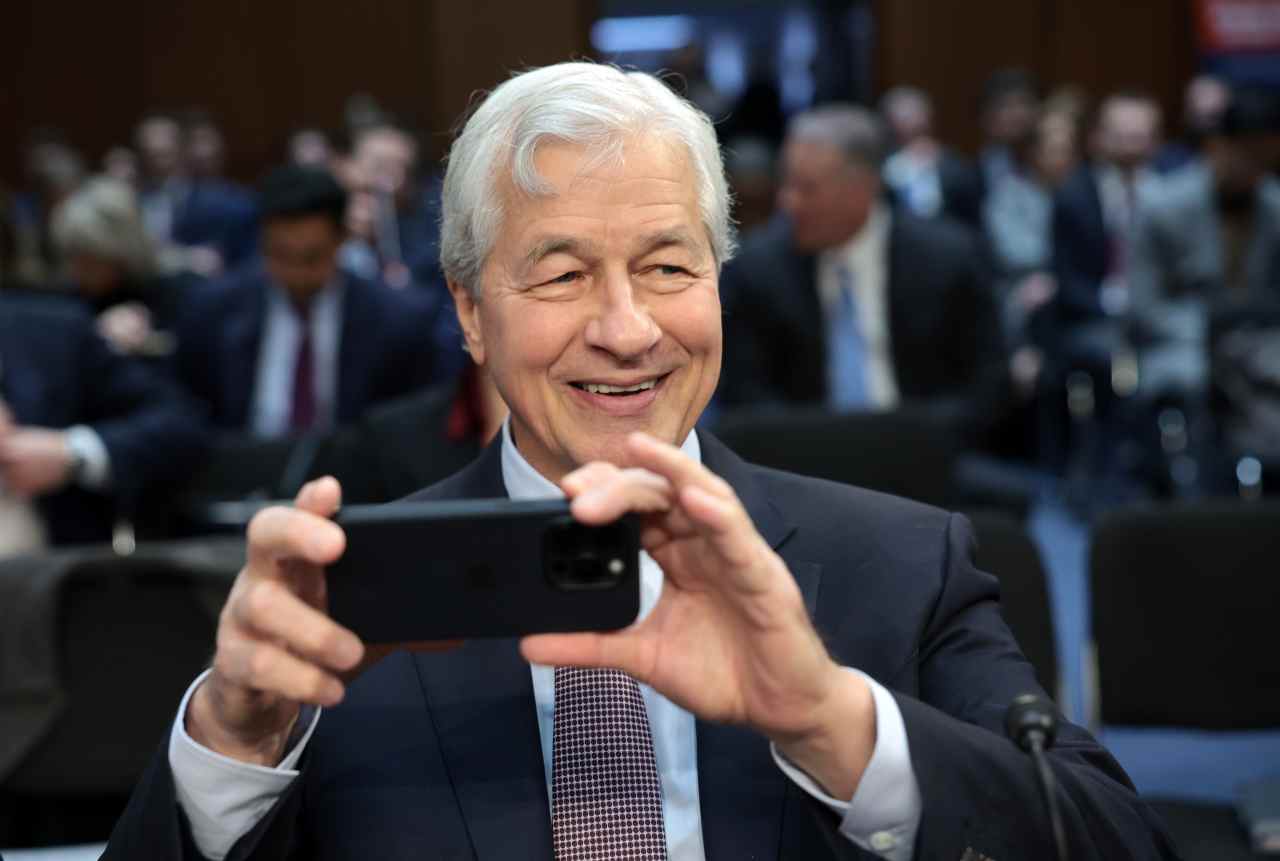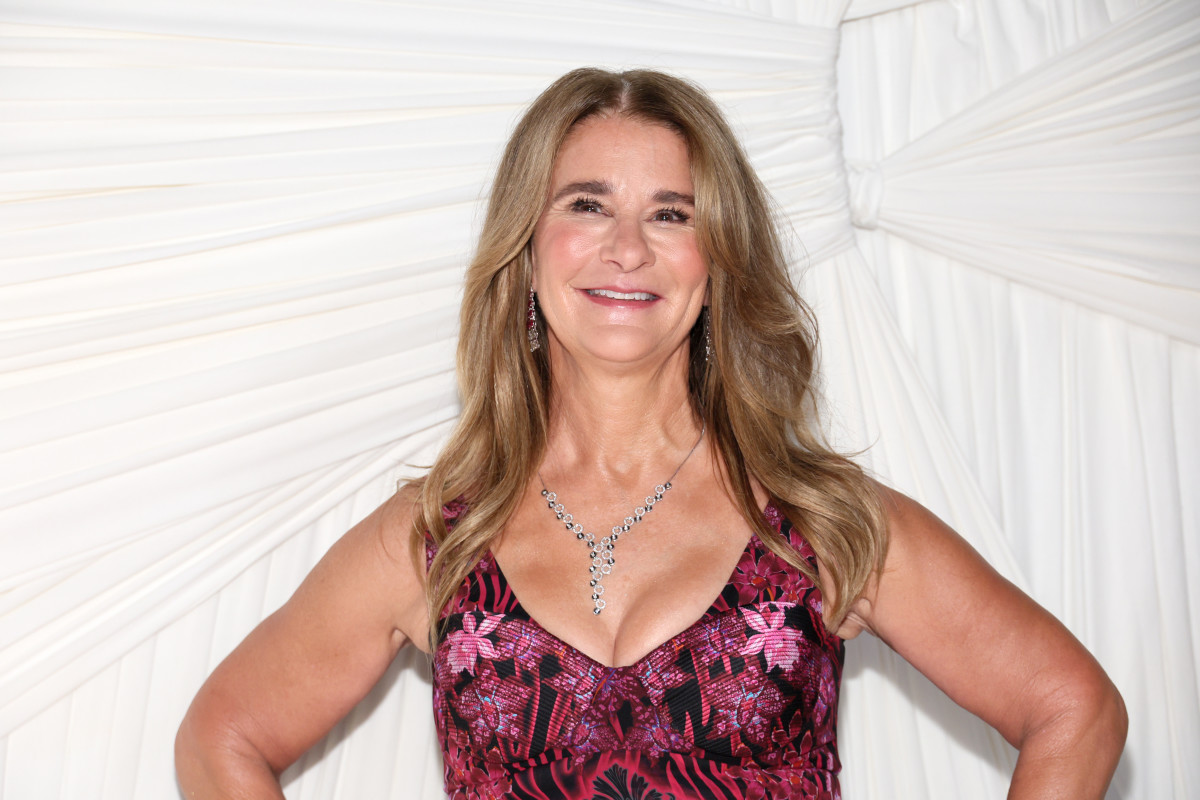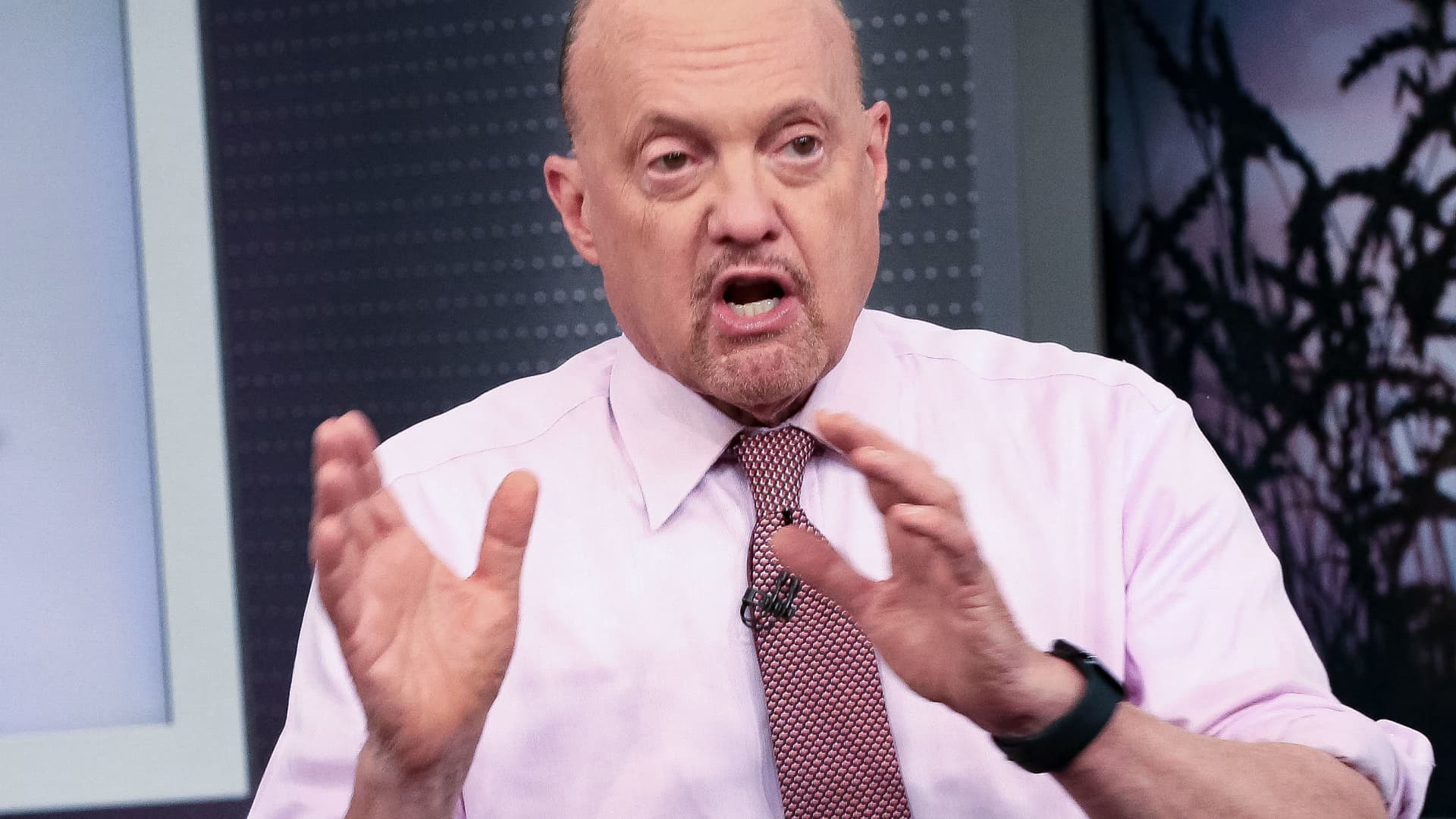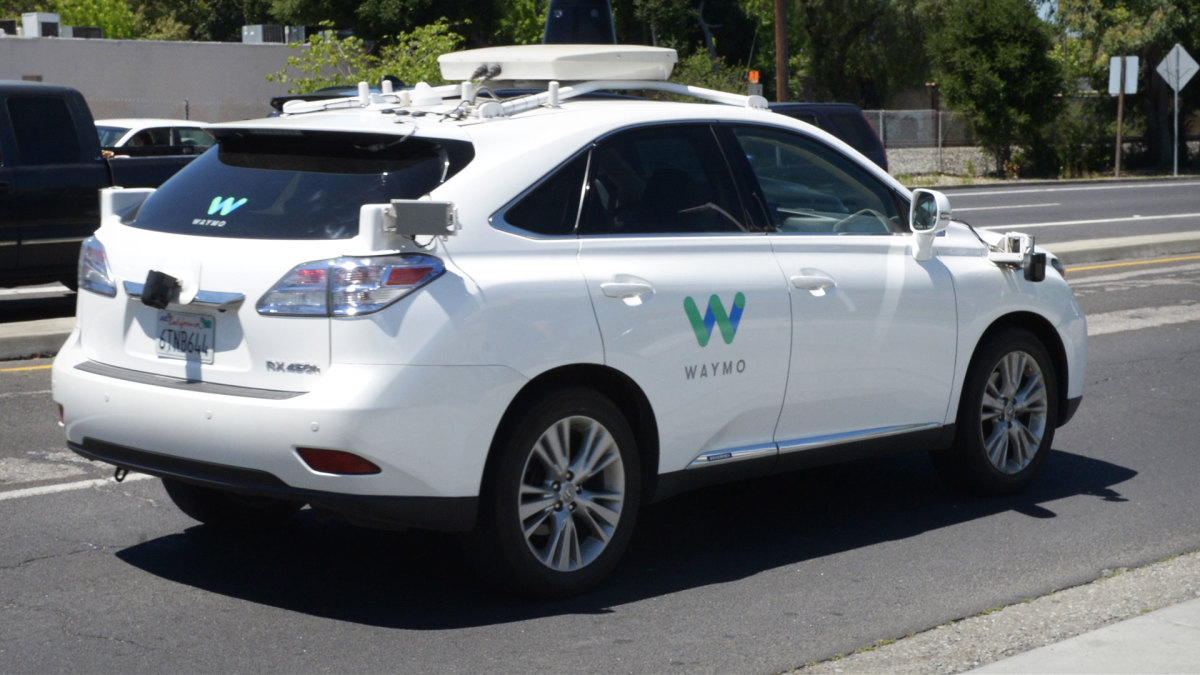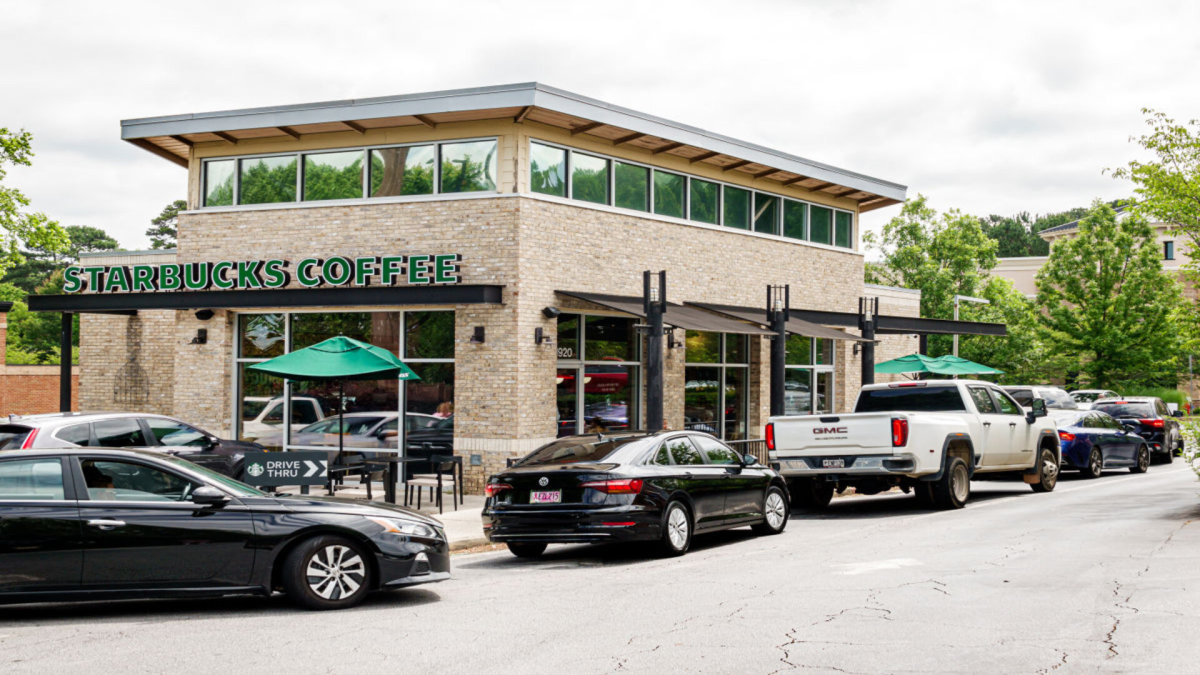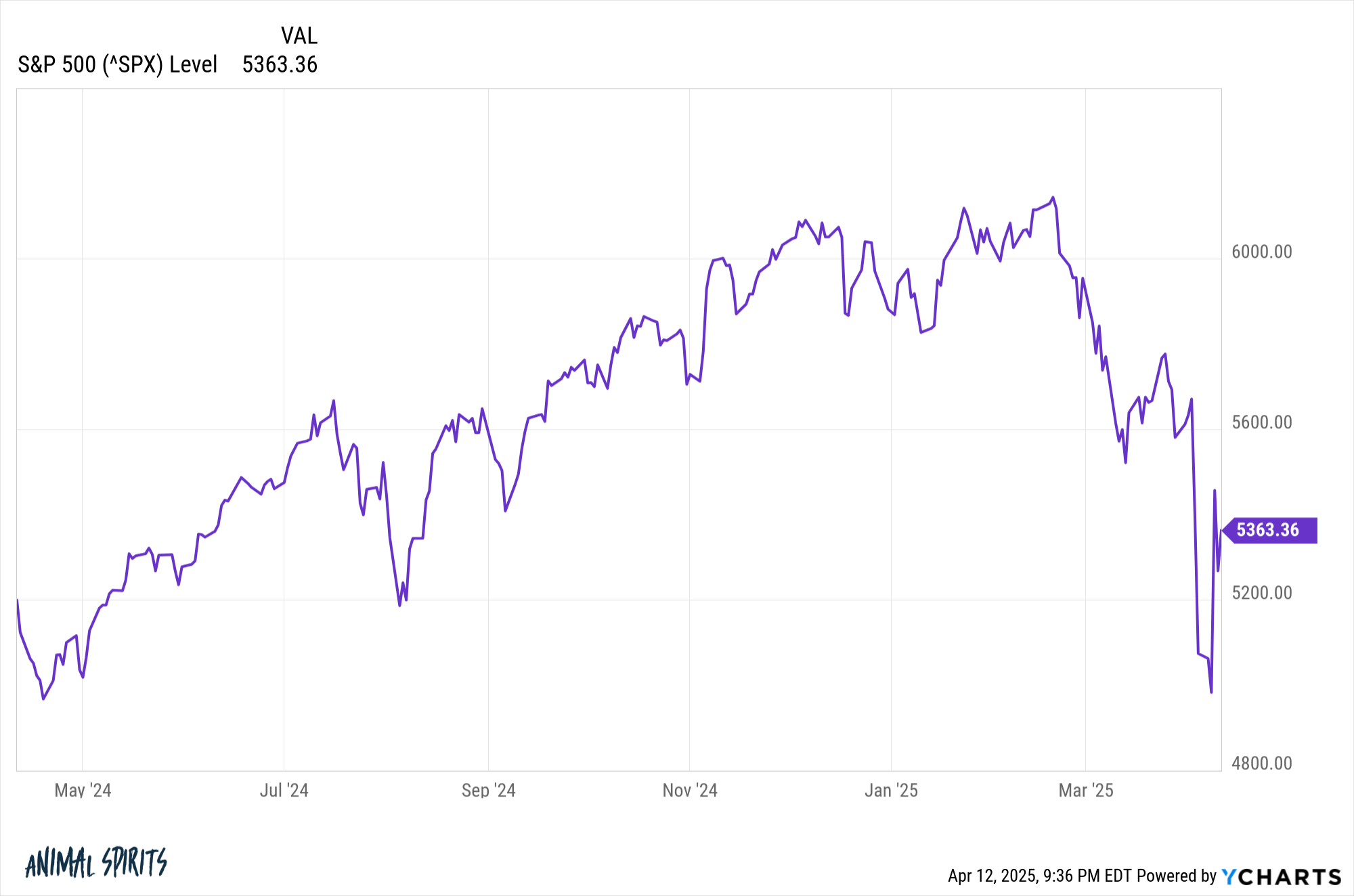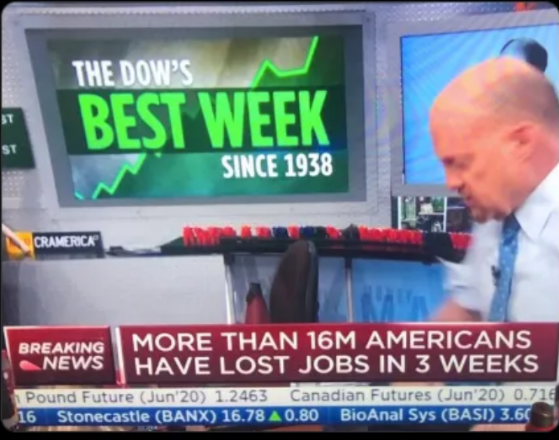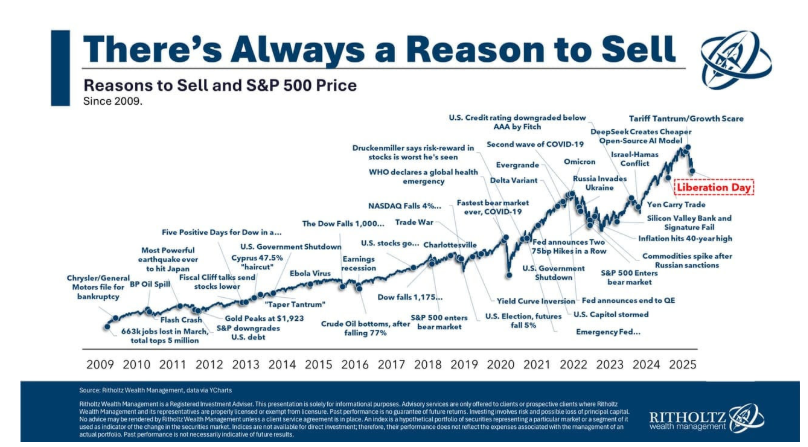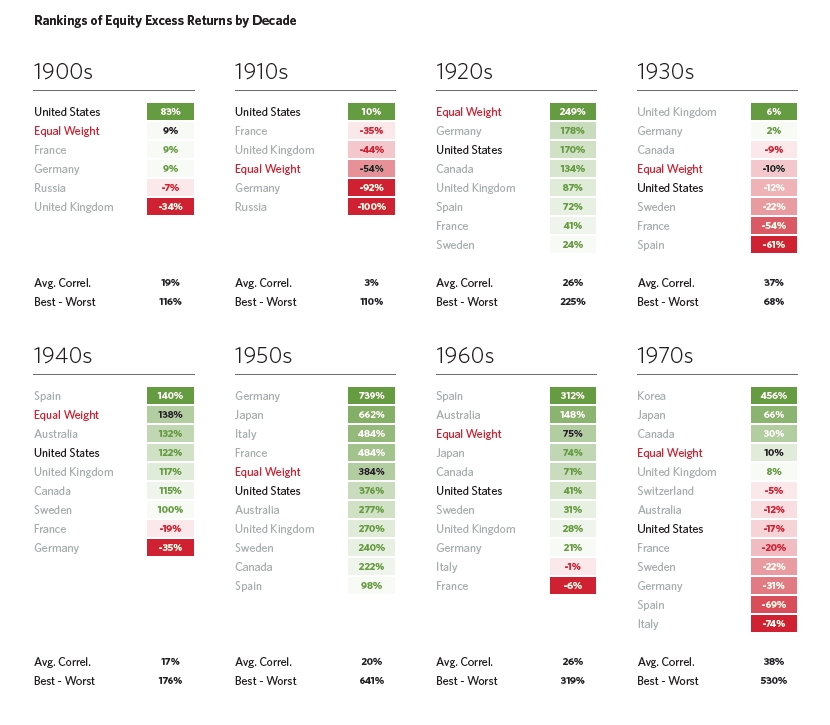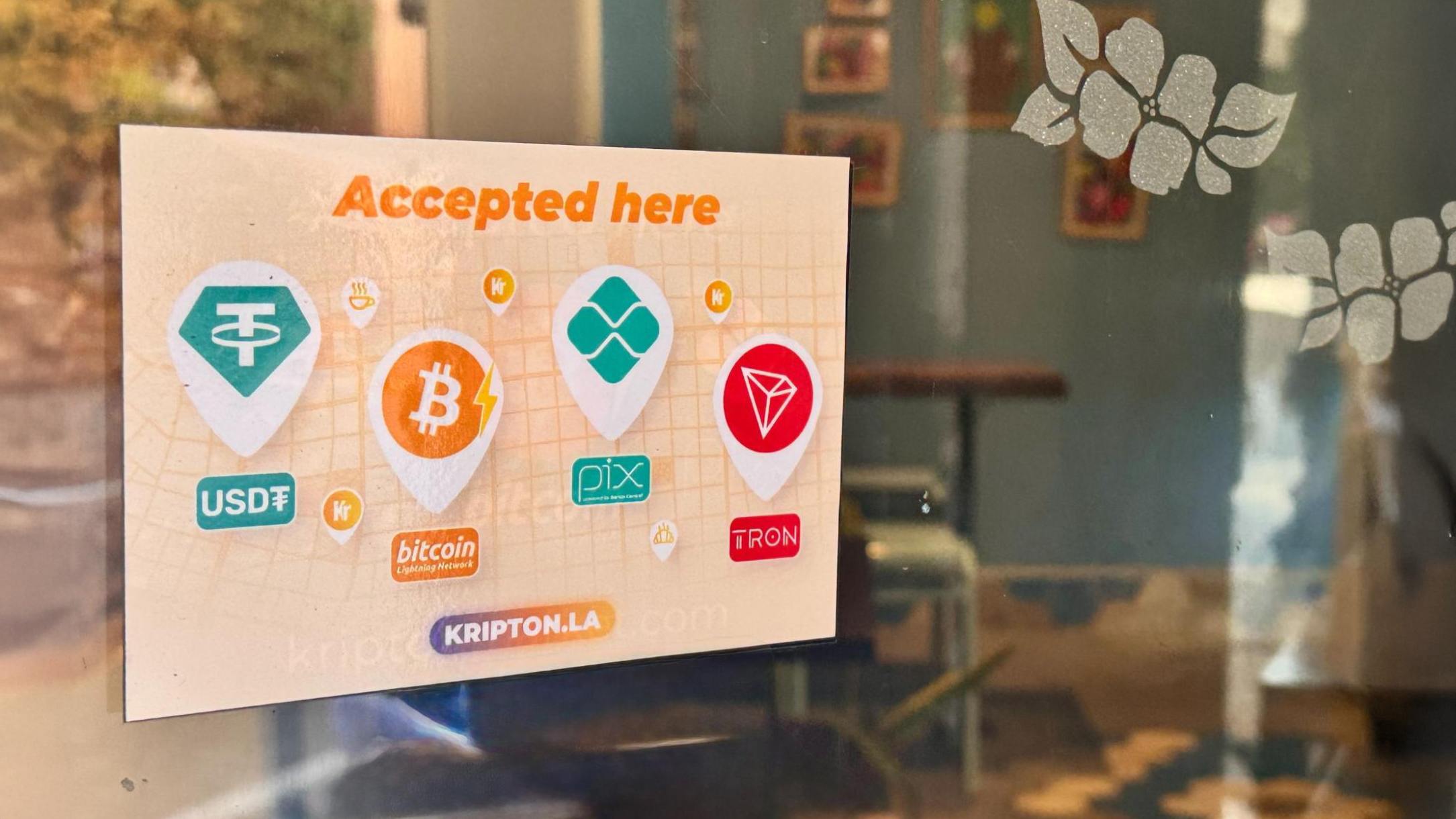It’s time to reimagine health-care education
Non-traditional education programs play a critical role in stemming health-care workforce shortages.

The health-care industry workforce crisis is here. Many providers are exhausted and overworked. Since the COVID-19 pandemic, it is not hard to find a story in the news about burnout among nurses and physicians, which has caused many to leave their professions. This burnout, accompanied by an aging population, is adding severe health-care shortages to an already strained system. According to a report from November 2022, the Health Resources and Services Administration estimates a shortage of over 78,000 full-time registered nurses this year, and the Association of American Medical Colleges recently predicted a physician shortage of up to 86,000 by 2036. These projections threaten the foundation of our health-care system and access to quality health care for people across the country.
As leaders in the health-care higher education space, we know firsthand that to solve this urgent problem, we must expand opportunities to educate and train more health-care professionals. The traditional higher education model alone will not close the gap. We must look beyond the exclusivity of traditional higher education and help students from all backgrounds reach their potential in health-care careers. We must reimagine health-care education to provide it at scale and in communities that are woefully underserved. It's no secret that a health-care workforce that reflects the patient population it serves leads to better care, stronger relationships, and improved health outcomes overall.
Many of our alumni graduate and enter medically underserved areas, including urban and rural ones, and we know that our role is to enable the next generation of health-care professionals with the knowledge and skills needed to continue to serve in the areas that need their support the most. This means expanding access to medical education by raising awareness about opportunities in health care for those who may not otherwise have considered this career path or who, for a variety of socioeconomic or personal reasons, believe that goal is out of reach. It also means addressing the most common barriers that students from vulnerable populations may face when pursuing degrees in this field. For our institutions, that means offering dedicated support in the classroom throughout their matriculation. We successfully turn students into health-care professionals that traditional systems may not have given the chance simply by providing the support they need to succeed.
Many aspiring students have families or are caring for older loved ones, so flexibility is important. They need non-traditional schedules, accelerated programs, or online courses to accommodate their full-time job or other competing responsibilities.
For instance, Chamberlain University, the nation’s largest nursing school (and an Adtalem subsidiary), has 23 campuses across the country and offers many online and hybrid degree options, making it easier for students to create a flexible schedule and attend classes based on where they live and work. Additionally, more than 90% of Chamberlain students receive some form of financial assistance to help combat the very real and prevalent financial barriers they face.
Our institutions excel at preparing graduates to make a difference in their communities. They provide hands-on, specialized training that ensures students are practice-ready when they graduate. Through a unique Chamberlain program, for example, BSN students have the opportunity to consider which specialty they will choose, while sharpening their clinical judgment and gaining real-world experience to develop the skills and confidence they need to be successful and caring health professionals.
It is a myth that these models of health-care education are less than adequate. As the leading grantor of BSN (Bachelor of Science in Nursing) degrees to minority students in the U.S., it’s clear that Chamberlain’s innovative programming allows students who may not have otherwise had the opportunity to pursue a nursing career to do so, while also filling critical shortages.
Moreover, Adtalem’s medical institutions—the American University of the Caribbean School of Medicine in Sint Maarten and Ross University School of Medicine in Barbados—combined graduate more physicians than any school in the U.S. Students from these schools match into competitive residency programs at rates comparable to U.S. medical schools (with a 98% match rate in 2024) and at substantially higher rates than most international medical school graduates. These are physicians entering hospitals, clinics, and communities, and they’re well-prepared post-graduation to immediately begin to provide quality care to people throughout the country.
Our medical schools offer three admission cycles, giving students the ability to begin their medical careers at the time that best fits their personal and academic schedules—as opposed to traditional medical schools that offer one enrollment cycle for first-year students. The multiple admissions cycles enable students to complete their coursework sooner and, in turn, enter their residency program earlier, helping to address the health-care workforce shortage by graduating qualified MD students at a higher rate.
Traditional approaches will not solve today’s health-care workforce challenges by solely relying on legacy models. We can only expand the pipeline of capable, practice-ready professionals by reimagining health-care education and considering new, innovative models at scale.
The opinions expressed in Fortune.com commentary pieces are solely the views of their authors and do not necessarily reflect the opinions and beliefs of Fortune.
This story was originally featured on Fortune.com




















